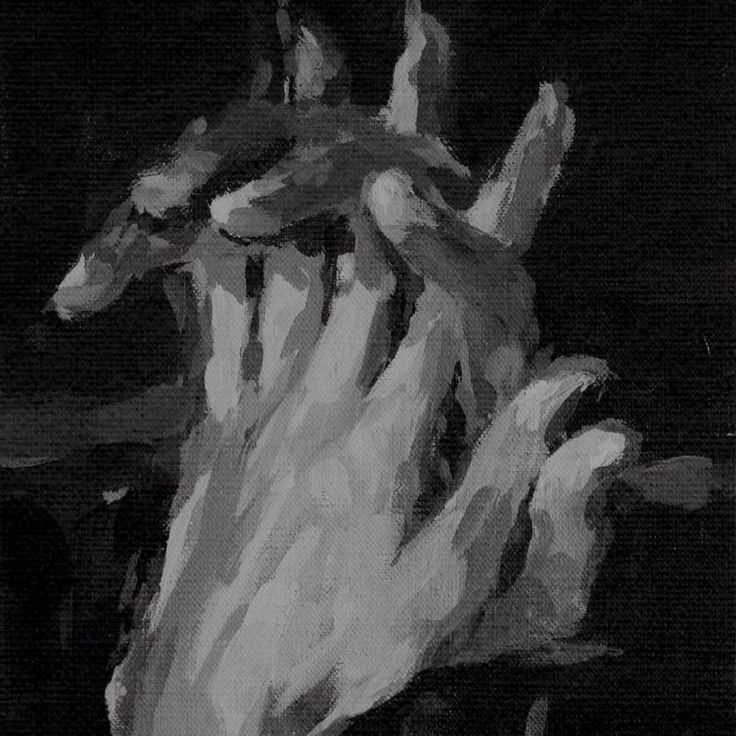Layers of the Earth
Cards (45)
- What theory proposes that the entire lithosphere of the Earth is broken into numerous segments called plates that constantly move?
- What is composed of the crust and mantle, and is segmented through what we call as "plates"?
- Do the lithosphere move?
- Is the inner core liquid/molten?
- What is the temperature of the inner core?
- What is the inner core's atmospheric (ATM) pressure?
- What is the outer core's overall temperature?
- what is the exact measured thickness of the outer core?
- What section of the earth do Lehmann Discontinuity divide?
- Who discovered the Gutenberg Discontinuity?
- The Mantle is composed of what elements?
- How much atmospheric (ATM) pressure does the mantle contain?
- What type of currents happen within the Mantle?
- What discontinuity separates the upper and lower mantle?
- What describes as the outermost shell of a terrestrial planet?
